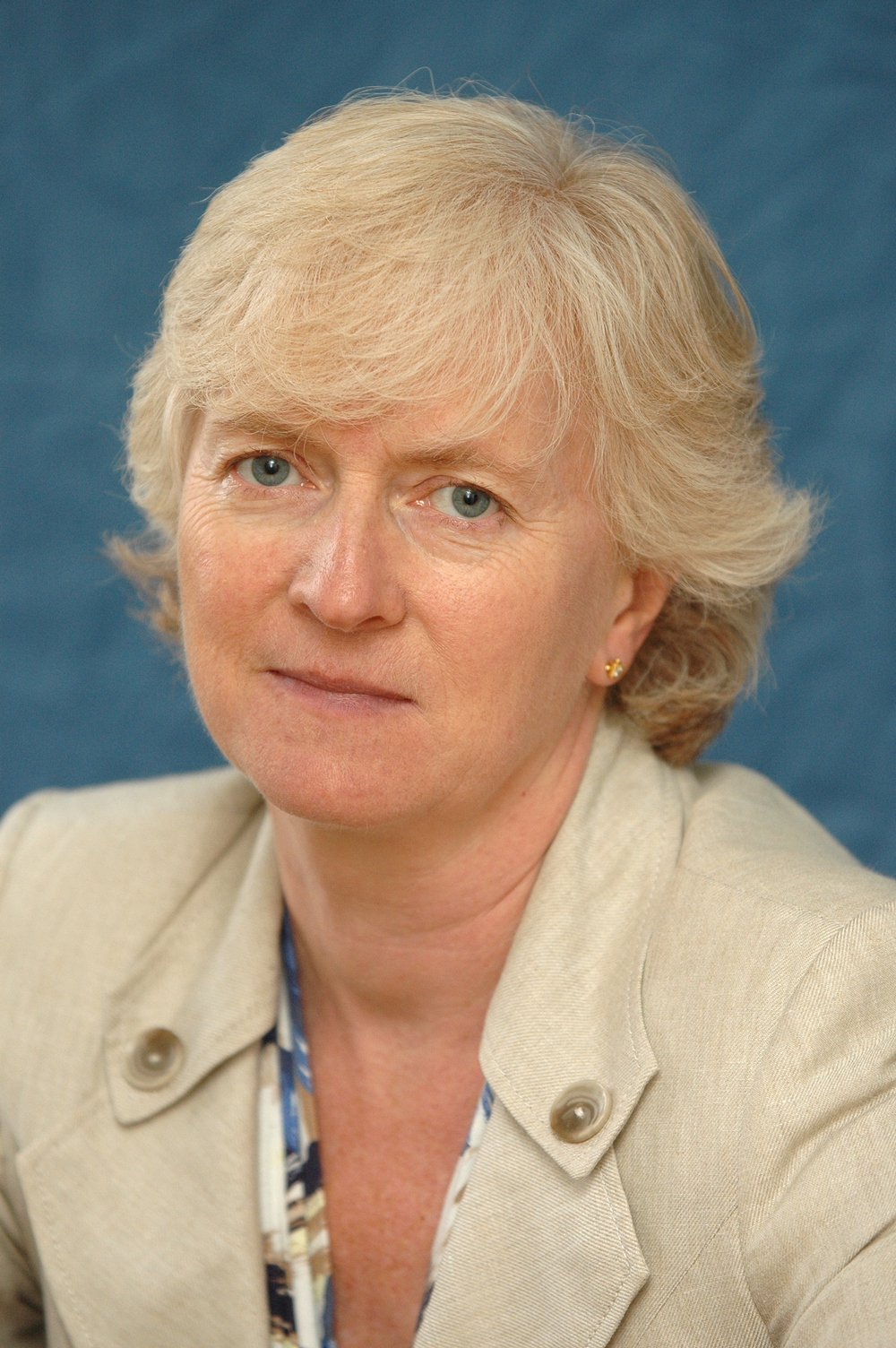
Leg ulceration is the poor relation of vascular disease, yet, as Sophie Renton writes, it is a very common problem. It is estimated that 1/1,000 people in the UK will have a leg ulcer at some stage in their lives. Leg ulcers become more common with ageing and by age 80 and above, approximately 20/1,000 people will have a leg ulcer. Renton presented on the new guidelines at the Venous Forum held at the Royal College of Medicine in London from 11–12 July.
The health improvement network database has been used to estimate the economic burden that chronic wounds impose on the National Health Service (NHS) in the UK. From this database it is estimated that there are 2.2 million wounds per annum affecting 4.5% of the adult population. Of these, approximately 700,000 are leg ulcers. The cost to the NHS for leg ulcers alone is estimated to be between £1.5bn and £2bn per annum.
So why do we see so few in our clinics? The problem lies in the patient care pathway. Patients with leg ulcers will first present to their general practitioner (GP). They will usually be referred to the nursing team for further management.
Depending on the skill set in that nursing team, the patient may be managed by practice nurses, district nurses or referred on to a tissue viability team or leg ulcer service. It is regularly quoted that 7/10 venous leg ulcers will heal if treated by compression bandages.
A number of guidelines exist on the best practice for the management of leg ulceration. Most of these recommend that leg ulcers that have failed to heal within 12 weeks or failed to improve within four to six weeks of starting compression therapy, should be referred for a vascular assessment.
One such guidance—NICE guidance CG168 recommends that patients with a venous leg ulcer should be referred to vascular service. In practice, this rarely happens. Yet we know that chronic leg ulcers are usually due to an underlying vascular problem, venous hypertension being the commonest cause accounting for over 70%.
Two thirds of patients with venous hypertension could benefit from non-invasive therapy for their superficial venous disease. NICE CG168 recommends that patients with confirmed varicose veins should be offered treatment—endovenous ablation or foam sclerotherapy.
Yet a review of the impact of UK NICE CG168 on referrals to a specialist academic leg ulcer service found that, although there had been a two-fold increase in the number of ulcers referred since the introduction of the guidelines, there was no change in the median duration of the ulcer at referral.
The NICE guidelines are just one of many guidelines produced by multiple different health communities that treat patients with leg ulcers. Although all of these guidelines do recognise the role of surgery, it is often referred to by a single paragraph, after a long explanation of the multiple topical treatments available.
So why, if we know the underlying mechanism, are we not able to convince the health community of the value of venous interventions? One of the problems is that, to date, we have not been able to prove that treating venous disease early will impact leg ulcer healing.
The EVRA trial, which is due to report next year, should hopefully give us the answer to this. But we do know that correction of superficial venous reflux in addition to compression bandaging significantly reduces the incidence of recurrence of ulcers and results in a greater proportion of ulcer free time, as demonstrated by the ESCHAR trial. Maybe we have failed to get the message across. In the past, the only operation available for varicose veins was the ligation of the saphenofemoral junction with stripping of the great saphenous vein, an operation usually performed under a general anaesthetic. Many community nurses will have memories of this procedure from their days on the wards. They may consider venous intervention to be too invasive for the elderly, frail population, and may be unaware that alternative treatments are available and effective.
Yet current venous ablative treatments can be done under local anaesthetic, as day cases and are relatively pain-free. Maybe we surgeons are to blame as we have failed to educate our community nurses and explain to them that alternatives are available. We need to persuade practitioners to refer patients earlier.
The current proposed guidelines which are supported by the Venous Forum and the Vascular Society are a simple one-page guideline. The purpose of the new guideline is to encourage referral of patients early in the course of their disease. They are designed to be easy to read. These guidelines are suitable for dissemination to GPs and nurses in the community, and to your local NHS Clinical Commissioning Groups. We would encourage vascular surgeons to use these guidelines to encourage early referral of leg ulcers from primary care.
The guidelines are available on the Vascular Society website. Sophie Renton is a consultant vascular surgeon at the London North West Healthcare NHS Trust, London, UK







